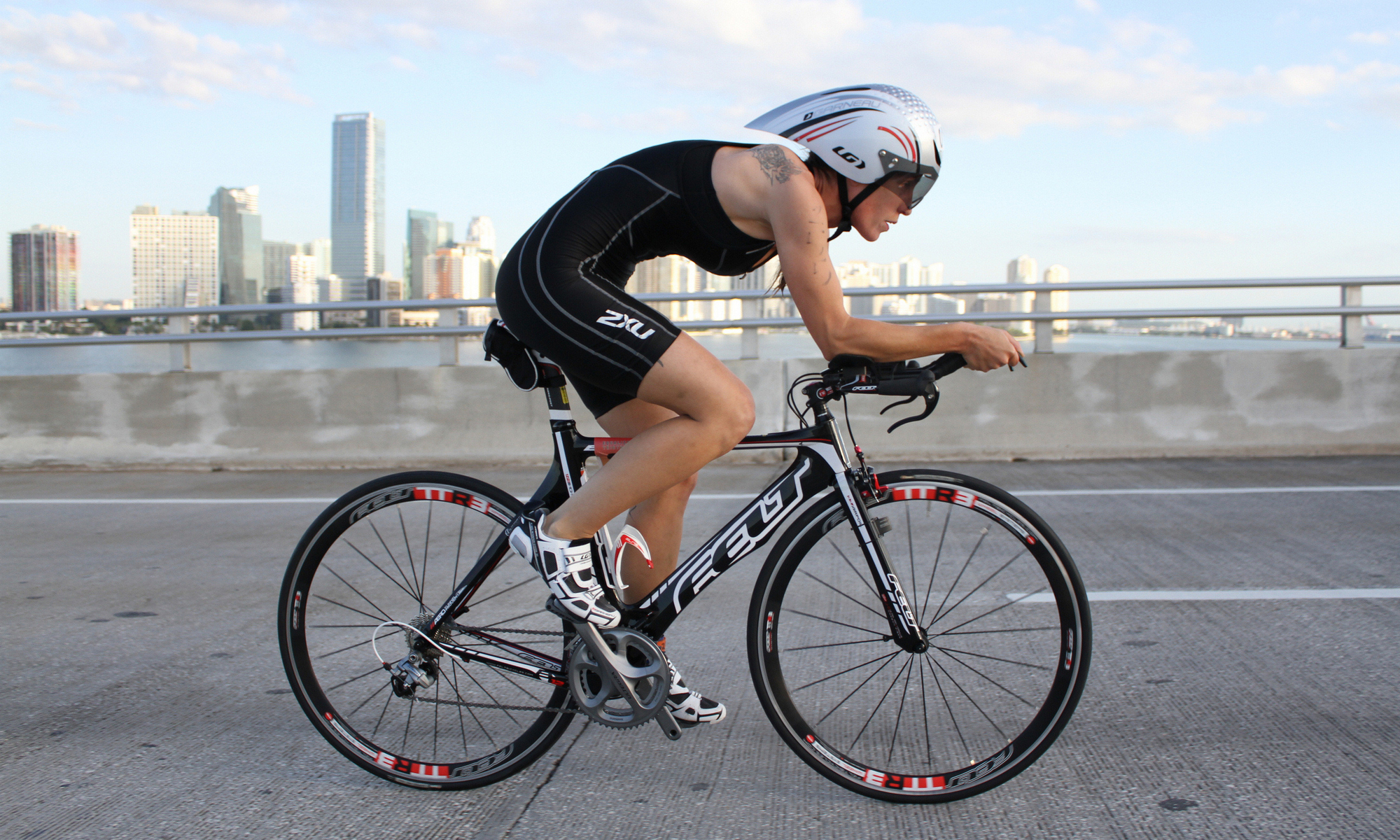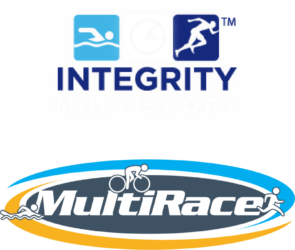Q. Where can I rent a bike?
A. We don’t rent bikes. Many bike shops do and we recommend trying Mack Cycle and City Bikes, however, in 2022 there is a shortage of bikes caused by the pandemic so renting a triathlon specific bike is very unlikely. Many places rent beach cruisers, which will hurt your performance, but not your FUN! 🙂
Q. Where can I ship my bike to?
A. We recommend trying Mack Cycle and City Bikes.
Q. Do I need to buy an expensive triathlon bike?
A. Almost anything with two wheels in your garage (no recumbants, no engines) can get you started at no extra cost. You’ll certainly catch the triathlon flu though and likely be rushing out to get a bike that’ll help cut some time off your bike split.
Q. Will a new bike make me faster?
A. The engine is the most important part of the bike, and that’s you. If you aren’t in shape, the bike isn’t going to help that much. With that being said, as you get the engine going, you want to start to give it some help by getting more aerodynamic. Bike fit is priority #1 as the best bike not set up properly will be of no help. Bike fit will make you more aerodynamic AND more powerful. Consult the closest sponsored bike shop to get your fit just right as they are experts in bike fitting.
After the engine and the fit come the bike components. Buy for aerodynamics, not weight, unless you are traveling to the mountains to race. It is flat as a pancake here, so weight just looks good, not really functional. Aerodynamics are priority #1 when it comes to the bike and components. An aerodynamic bike with entry level componentry starts around $2000. You can get aerodynamic and super lightweight, but expect to spend $5000+.
Q. What about those disk wheels some triathletes use?
A. Disks are primarily for fast and experienced riders. They catch a lot of wind and make cornering harder. They make you more aerodynamic, but the benefit is primarily at higher speeds (like every other aerodynamic part). Consider getting a disk, for racing only, once you can hold at least 22-23 mph in a time trial and are very adept at handling your bike. A deep dish aero wheel on the front is actually more beneficial than a disk on the back as it is the wheel that cuts the wind, and it doesn’t affect your bike handling nearly as much. Put a matching wheel on the back and it is almost as good as a disk. Almost.
Q. Do I have to get my bike inspected?
A. No, but it is highly recommended. Many people experience technical problems on race day that could have been easily avoided if the bike had been inspected prior to the race. In order to avoid disappointment on race day we urge all competitors to have their bikes inspected no more than 3 weeks prior to the event. Please contact the closest sponsored bike shop and they’ll be happy to go over your ride to make sure that you are ready for race day.
Q. Are there specifications for the bike, helmets, and wetsuits?
A. Yes, the bike helmet must be CPSC certified. Most helmets purchased in the US within the last 2-3 years are certified. Please confirm this by checking for a sticker indicating its certification on the inside of the helmet. The wetsuit must not be over 5mm at its thickest point. Anyone using a wetsuit should have used their wetsuit in their training. If the water temperature is 78 degrees or less, wetsuits are allowed.
Q. What is the difference between a road bike and tri bike?
A. The most obvious difference in a bike for triathlon and a standard road bike is the addition of aero bars. A set of clip-on aero bars can be added to any bike, but requires changing the “fit” of the bike to be an advantage. You then have the option of adding bar end shifters or sticking with traditional STI Levers. Aero bars, coupled with a good aero fit, will give you a more aerodynamic position and other options for body positioning… enhanced comfort over a long period of time.
The most valuable difference in a tri specific bike is a steeper seat tube angle. This puts your body in a more forward position, which saves your hamstrings for the running portion of the race. A steeper seat tube angle will better accommodate the addition of aero bars.
The most important piece of “speed work” for a triathlete would be the addition of aero wheels. You will also enhance your cycling pleasure and triathlon performance by having a good bike fit.
Q. When can I retrieve my bike?
A. Once all competitors have finished the bike course and started the run, the transition area reopens for bike retrieval.
Q. Are disk wheels allowed?
A. Yes.
Q. I have a mountain bike — is it OK to ride that?
A. Absolutely! There are lots of triathletes who ride mountain bikes. Bear in mind that if you plan to compete regularly, or are looking at competing in races longer than Sprint distance, you should probably think of investing in a road bike or tri bike.
Q. Why is bike fit so important?
A. Injury prevention, aerodynamics, and power are all factors. It is important that you can adjust your seat so that there is only a slight bend in your knee when your foot and pedal are at the 6 o’clock position. It is also important that you are able to stop and get off your bike without injuring yourself. Bikes come in all sizes, and the seat post can be adjusted somewhat to make sure the height of your bike is correct for you. But besides the height, there are other important factors to consider, for example: does your seat need to be adjusted forward or back? Is your seat level? Are the handlebars too far away or too close? If your bike is not fitted properly for you, you risk serious injury after prolonged riding. Take your bike in to a local bike shop and have them take a look for you.
Q. What happens to my bike while I’m swimming?
A. Your bike will be set up on one of many bike racks in the transition zone. Our transition areas are organized by race number so you know where to rack your bike.
Q. Are Recumbent bikes allowed?
A. No.
Q. Can someone else check in my bike for me?
A. NO. Bikes must be checked in be the athlete.
Q. Do you have to wear a shirt in the bike?
A. No.
Q. Do you have to wear a helmet?
A. Absolutely! You must wear your helmet anytime that you are on your bike and at the race site. This includes before and after the race. If you are seen riding your bike without a helmet at any time, you will be disqualified from the race.
Q. How do you put the bike number on the bike?
A. Use the twist ties provided and put it around the top tube of your bike frame or seat post. If you have access to a stapler, you can make it tighter and neater than with the twist ties.
Q. Do you have to wear the helmet number?
A. Yes, on the front of your helmet.

